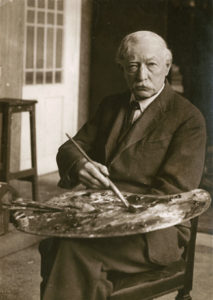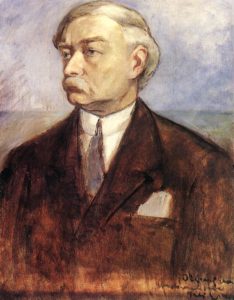
1867 - 1940
Bela Ivanyi-Grunwald
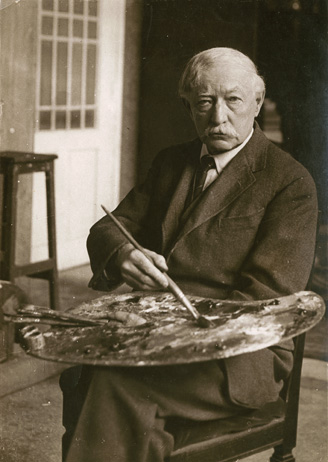
description
A Hungarian artist, leading teacher, a member and one of the leaders of the artists’ colony in Nagybagni (now Baia Mare), founder of the art colony in Kecskemet, which has been working up to now. The main theme of his work was rural life.
Key ideas:
– The artist adopted from Fauvists a free manner of applying smears, a bright palette and the rejection of strict rules of perspective.
– The artist’s works are characterized by attention to the details of the objects he depicted. For example, he clearly depicted patterns of the clothes of the characters in the paintings and the twigs of trees, each blade of grass. It says about the author’s passion for naturalism.
1867
1882 - 1886
1886 - 1893
1894
1889
1896 - 1898
1901
1909
1911 - 1918
1928
1940
The birth of the artist
Studied at the Academy of Fine Arts in Budapest

He continued his education in Munich

Made a trip to Egypt
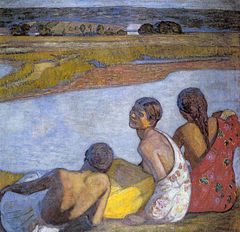
Began to regularly exhibit his paintings at the Palace of Arts in Budapest

He went to Nagybány

Became one of the professors at the Academy of Free Painting

Received a great recognition at the Budapest National Salon
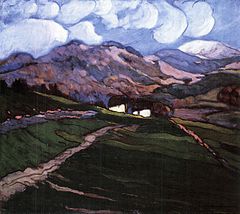
He organized a new colony of artists

Was the president of the Association of Artists of Szentendre
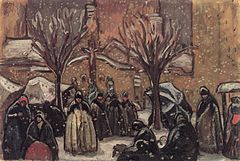
The death of the artist
